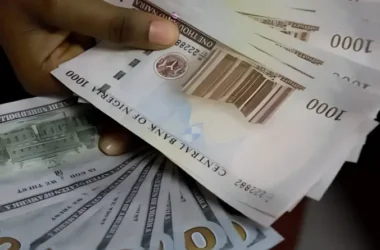Investors have been left in shock and financial distress following the unexpected crash of China Beijing Equity Exchange (CBEX), a digital trading platform that lured thousands of Nigerians with promises of high returns. The platform stopped functioning on Monday, April 14, leaving users unable to access their funds.
Many of the affected investors flooded social media platforms such as TikTok and X (formerly Twitter), sharing heartbreaking stories of their losses. Several users claimed they had invested their entire savings or took loans to put into CBEX, with the hope of doubling their funds. It is estimated that around N1.3 trillion ($840 million) has vanished in what appears to be one of Nigeria’s biggest digital financial collapses.
On Tuesday, tensions boiled over as a group of angry investors stormed CBEX’s office in the Oke Ado area of Ibadan, Oyo State. Eyewitnesses reported that the crowd looted office equipment, including electronics, furniture, and other items.
Here are five key things to know about CBEX and the events surrounding its sudden crash:
1. CBEX’s Business Model
The platform claimed it could deliver 100% returns within 30 days through trading in digital assets. It positioned itself as a secure and transparent trading space, although there were no official records to back these claims.
2. Unregistered Operations
Despite reportedly attracting around 300,000 users—most of them Nigerians—CBEX was not registered with the Securities and Exchange Commission (SEC). The company’s CEO, Yahaya Ibrahim, had claimed CBEX was a licensed crypto exchange in Canada, but no public records confirmed this, and its activities were primarily based in Nigeria.
3. Withdrawal Failures and Security Breach Claims
Trouble began around April 9 when users noticed that they could no longer withdraw their funds. CBEX later claimed there had been a “security breach” and asked users to pay verification fees before accessing their money. Users were told to pay $100 to verify a $1,000 balance or $200 for a $2,000 balance.
4. Massive Financial Losses
A crypto security analyst, Taiwo Owolabi, said that funds had been traced to a specific TRX address, indicating that around $847 million in USDT was stolen and may still increase. He noted, “The volume stolen so far is $847 million.”










